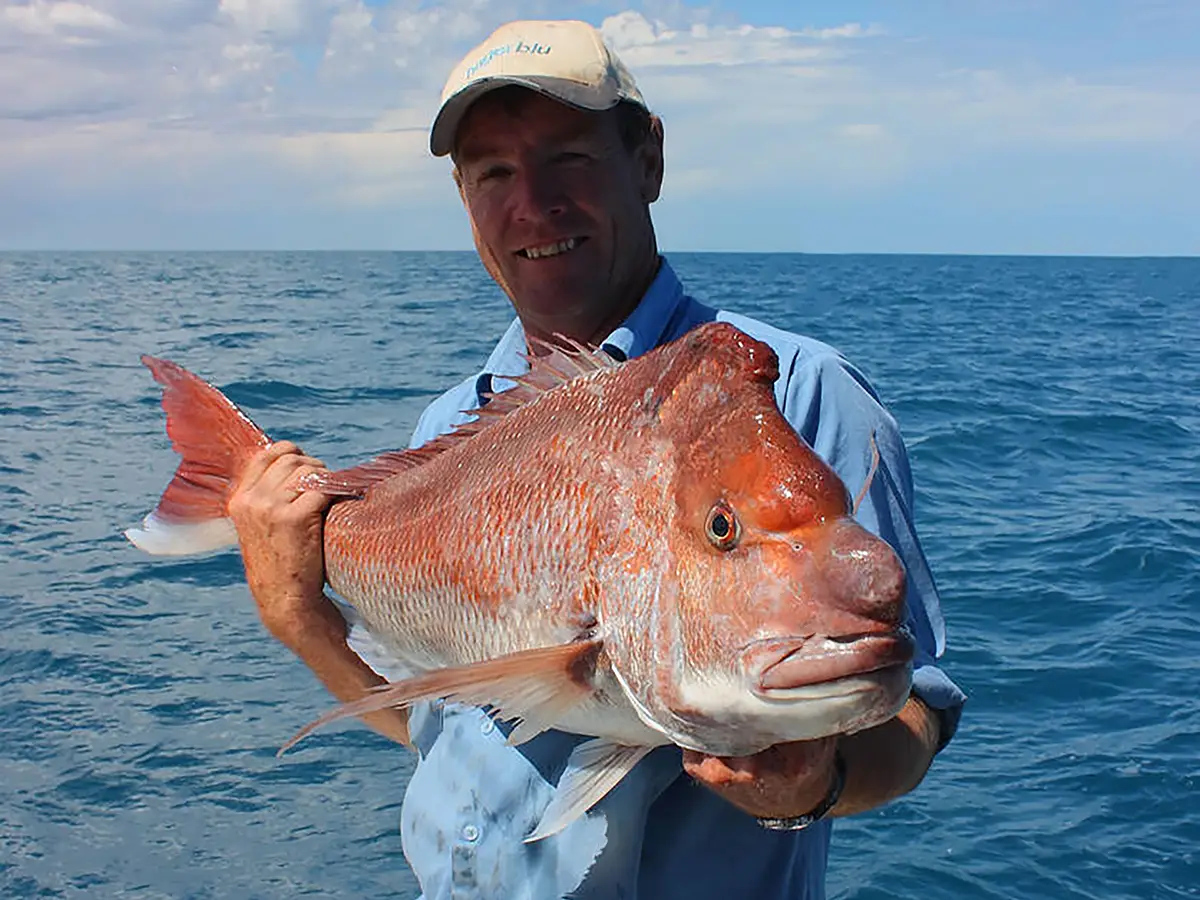Hey there, fellow anglers! Welcome to our exciting journey into the world of snapper fishing, a pursuit that’s as thrilling as it is rewarding. This fish species’s feisty nature and delicious taste, are a top target for fishing enthusiasts all across Australia, offering both a challenge and a great reward. Whether you’re a seasoned pro or just starting out, you’re in for an adventure that’s sure to hook you from the get-go.
In this guide on ‘How to Catch Snapper’, we’re diving deep into everything you need to know to land these beauties. From choosing the right gear to finding the perfect spot, we’ve got you covered. And speaking of gear, don’t forget to check out ReelBoss for the best quality braided fishing lines and fluorocarbon lines that can make a real difference in your snapper fishing experience. Just head over to ReelBoss and gear up for success!
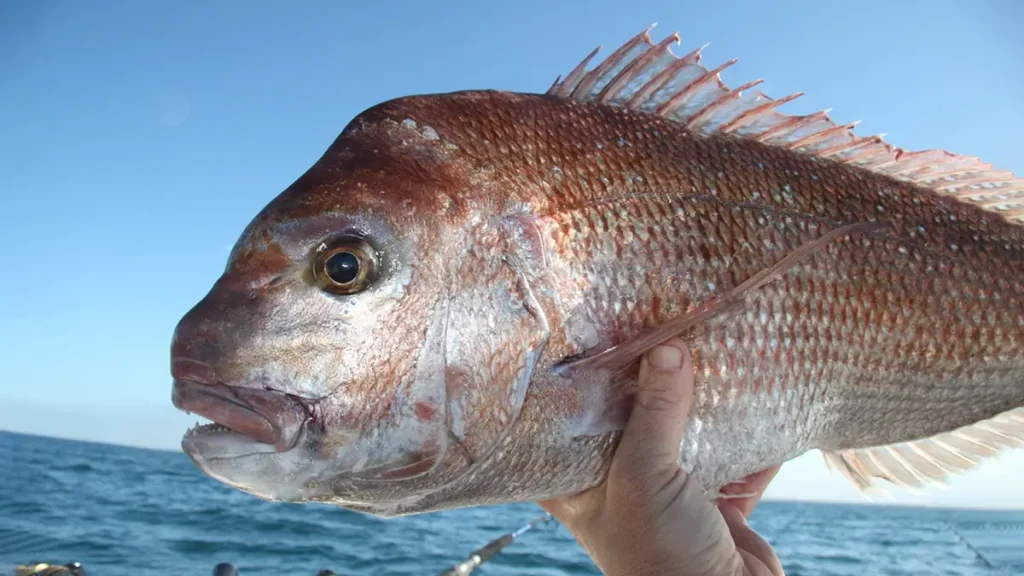
Understanding Snapper: The Key to Success
Diving into the world of snapper, these fish aren’t just any catch; they’re a blend of cunning and resilience. Understanding the unique behaviors and preferred habitats of snappers is crucial for any angler. They thrive in environments like rocky reefs and deep underwater channels, each species with its own quirks and preferences. Knowing these details can significantly elevate your fishing game. From their size variations to their striking pink-red color, the fish is a truly a sight to behold and a challenge to catch.
But when is the best time to pursue these elusive creatures? That’s where understanding the snapper season comes into play. Timing is indeed critical in fishing, and for snapper, it varies across Australian waters. In cooler climates, winter months might be your best bet, while in warmer regions, the patterns can differ. It’s all about syncing with the local snapper rhythms and timing your trips to align with their most active periods. So, get your fishing calendar ready, and let’s make the most of the snapper season!
Essential Gear for Snapper Fishing
Having the right gear is paramount in the pursuit of the fish, a prized catch among anglers. The selection of lines, baits, rods, and reels can significantly impact your fishing success. Below, we outline the essential gear you’ll need to enhance your snapper fishing experience, ensuring you’re well-equipped for the challenge ahead.
Best Lines
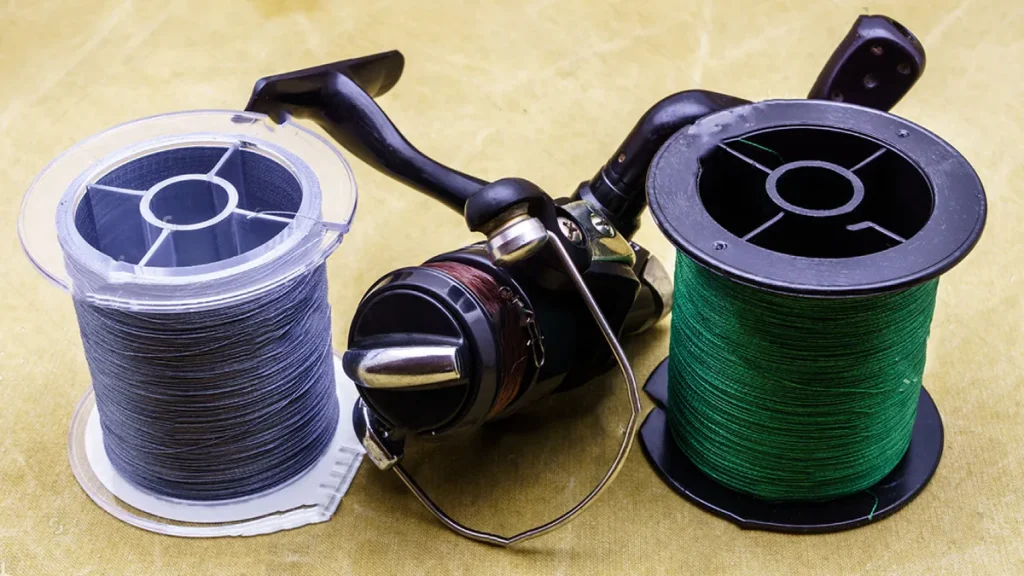
For snapper, the choice of line can be pivotal. Fluorocarbon lines are great for their near invisibility in clear waters, reducing the chance of spooking the fish. On the other hand, braided lines are ideal for deeper water fishing, offering superior sensitivity and less stretch, helping you detect even the slightest nibbles.
Best Bait
Live baits like pilchards or squid often yield the best results for snapper, closely resembling their natural diet. Alternatively, if you prefer lures, choose those that mimic the movement and appearance of these live baits to effectively attract the fish.
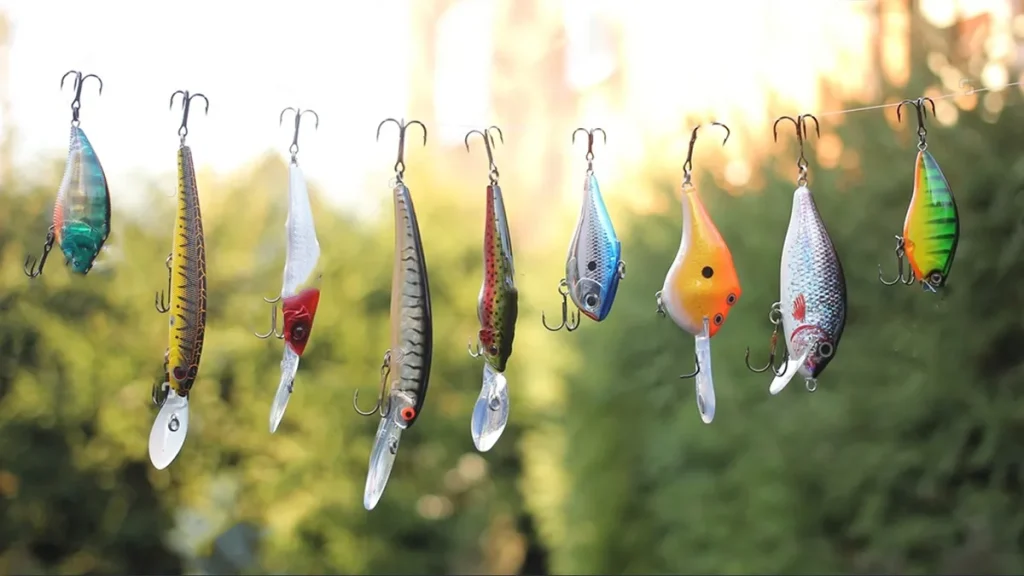
Rods, Reels, and Tackle
When selecting rods, aim for a balance between strength and sensitivity, which is crucial for feeling the bite and battling the fish. Reels should be robust and capable of handling the fight. For tackle, ensure your hooks are sharp and appropriate for the size of the snapper you’re targeting. Combining these elements effectively will greatly enhance your snapper fishing experience.
Locating the Perfect Fishing Spot
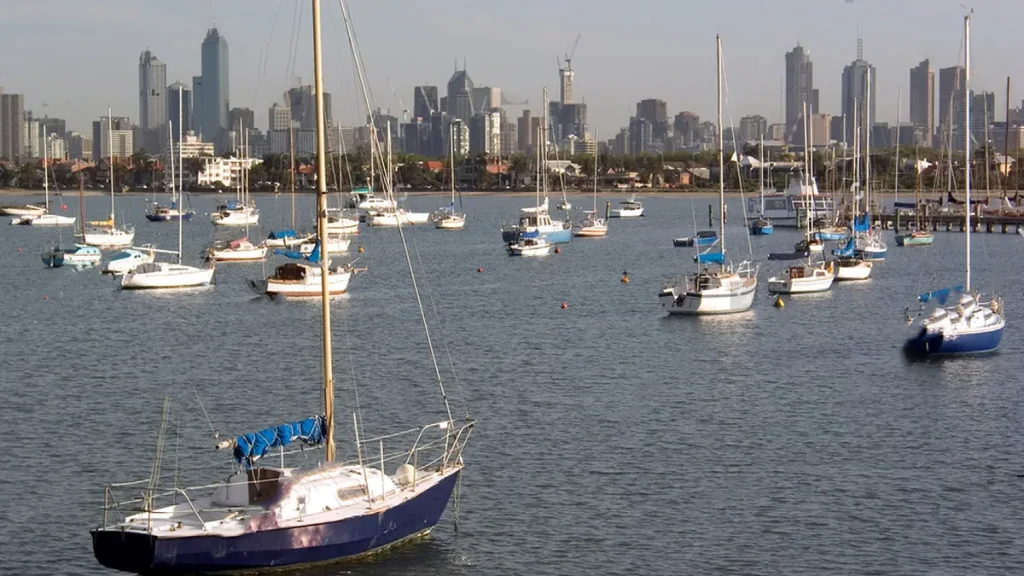
So, you know what gear to use and you’ve got your bait ready, but where’s the best place to drop a line for those fishes? Finding the right spot, be it offshore or inshore, is all about understanding their habitat. They love structures like reefs or shipwrecks where they can find plenty of food and hideouts. But hey, don’t forget to use the marine conditions to your advantage.
Keep an eye on the water’s depth, temperature, and currents; these can really guide you to where the snappers are biting. And for my mates aiming to fish in Port Phillip Bay, here’s a golden nugget: the best time to catch snapper in Port Phillip Bay is usually during the warmer months, especially around sunrise and sunset. That’s when they’re most active and your chances of a successful catch are sky-high. So, plan accordingly, and you might just have the snapper fishing trip of a lifetime!
Effective Snapper Fishing Techniques
To outsmart and catch the fish, employing effective fishing techniques is key. Whether you prefer the stability of anchoring or the excitement of drifting, understanding the nuances of each approach can greatly increase your catch rate. Here, we dive into the proven techniques that can help you lure in those elusive fishes, from perfecting your bait presentation to choosing the right lures.

Anchoring vs Drifting
Anchoring is great when you want to stay put over a known snapper hotspot. It’s all about patience and precision in bait placement. Drifting, on the other hand, allows you to cover more area and locate active fish. It’s a bit more dynamic and can be really exciting as you search for those snapper schools.
Bait Presentation and Retrieval
Getting your bait presentation just right is crucial. Snapper can be picky, so make sure your bait or lure looks as natural as possible in the water. Slow and steady retrieval often works best, mimicking the movement of their prey. And remember, the way you present your bait can change with the time of day and tide, so be ready to adapt.
Best Lures
And if you’re a fan of lures, you’re probably wondering about the best lures for snappers. Soft plastics are a go-to due to their versatility and lifelike motion. Jig heads with soft plastics can be particularly effective, especially when bounced along the bottom. But don’t shy away from experimenting with different types and colors to see what works best in your fishing conditions. Happy fishing, and may your lines always be tight!
Staying Safe and Compliant
After diving into the techniques and lures for snagging that perfect snapper, it’s crucial to chat about staying safe and playing by the rules. Safety first, mates! Always ensure you’re geared up with life jackets, especially if you’re venturing into deeper waters. Keep an eye on the weather forecasts too; Mother Nature can be unpredictable.
And hey, it’s not just about keeping yourself safe, but also respecting the snapper population. Be sure to brush up on the local fishing regulations before you head out. This includes size and bag limits for snapper in your area. It’s all about sustainable fishing practices, ensuring we keep our marine life thriving and our fishing adventures going for years to come. So, gear up, stay safe, and fish responsibly – that’s the real secret to a great fishing experience!
Conclusion
As we reel at the end of our snapper fishing guide, I hope you’re buzzing with anticipation for your next fishing trip. Remember, it’s not just about the catch; it’s the thrill of the chase, the tranquility of the water, and the tales you’ll tell. And if you’re in the market for some top-quality gear, take a peek at ReelBoss. They’re experts in fluorocarbon and braided fishing lines – just the ticket for landing that elusive snapper. Swing by ReelBoss and gear up for success. With the right equipment, you’re all set for a memorable day on the water. Happy fishing and tight lines, friends!
